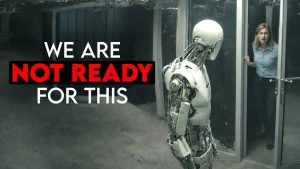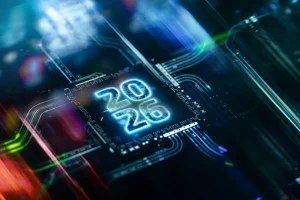Exploring OpenAI’s Operator The Future of Automated Task Management

OpenAI is developing a new tool called Operator, set to launch in early 2025. This tool is expected to redefine automation by handling complex tasks with minimal human input.
While other AI tools exist, Operator aims to stand out by simplifying tasks that usually require hours of research or navigation across various platforms.
The Vision Behind Operator
OpenAI is setting its sights on transforming how we interact with computers. By automating tasks using a single, multimodal model, they aim to integrate AI technology into everyday life seamlessly.
Current AI Limitations
Existing AI tools like Claude offer basic task automation, but they lack effectiveness in real-world usage. They can perform simple functions like ordering food or navigating apps, but comprehensive task execution remains elusive.
Microsoft’s new agents present a more promising approach by combining multiple models. Yet, they face limitations that prevent them from dominating the market.
OpenAI’s Unique Approach
OpenAI’s Operator is expected to operate differently, thanks to its novel architecture rooted in in-house research. There’s speculation that this system trains directly on human actions, enhancing task completion.
This multimodal model’s real-time reasoning combines with computer action tokens, creating a streamlined, efficient process. By overcoming traditional barriers, OpenAI seeks to revolutionize task automation.
Training models on actual computer tasks could solve current interaction issues, moving beyond mouse and keyboard methods. This approach might lead to more precise, effective automation.
Challenges in Model Scaling
OpenAI acknowledges the limitations in scaling AI models beyond GPT-4. Despite hitting a wall, the company is exploring new directions, including a focus on ‘Chain of Thought’ models.
These models open new possibilities, allowing scale during inference to lead to improved outcomes. OpenAI continues to innovate despite scaling difficulties, pushing boundaries forward.
While facing scaling barriers, OpenAI aims to maintain advancement momentum. Innovation in model architecture remains their focus.
Implications of Operator Introduction
Operator’s launch raises concerns about job displacement since it might automate roles traditionally held by humans. Like text generation before it, Operator’s capabilities could shift job landscapes significantly.
With job automation comes concerns around privacy and security. As AI becomes more integrated into daily life, safeguarding data and systems from malicious use remains paramount.
Potential Impact on the Industry
OpenAI’s innovations often spur industry-wide shifts. The introduction of Operator could lead competitors to adapt, fostering a more competitive environment.
Increased competition benefits consumers, as companies strive to match or exceed OpenAI’s offerings. This could result in more accessible, cost-effective AI solutions for users.
The presence of powerful open-source models might increase, making advanced AI technologies widespread and affordable.
Concerns and Considerations
Despite AI’s positive advancements, ethical concerns persist, particularly regarding job loss and security risks. The balance between innovation and ethical responsibility is crucial.
Ensuring AI systems like Operator are secure against misuse is vital for safe integration into society.
As AI technologies grow, maintaining ethical considerations alongside technological advances is essential.
Looking Ahead to 2025
The expectation is that 2025 will mark a significant change in the AI landscape, with autonomous agents like Operator becoming mainstream. OpenAI’s progress suggests a future vibrant with new possibilities.
With anticipated breakthroughs, 2025 promises to be a landmark year in AI development.
Final Thoughts
OpenAI’s Operator has the potential to redefine automation and task management. As we approach its launch, the industry watches closely, anticipating the shifts this new technology might bring.
OpenAI’s Operator is poised to revolutionize task automation by creating a seamless, efficient system. As the technology evolves, it holds promise for tremendous industry impact.








